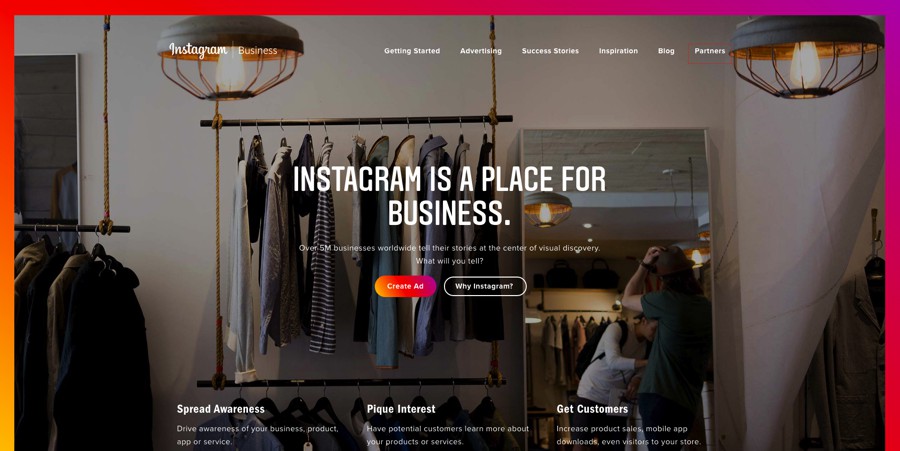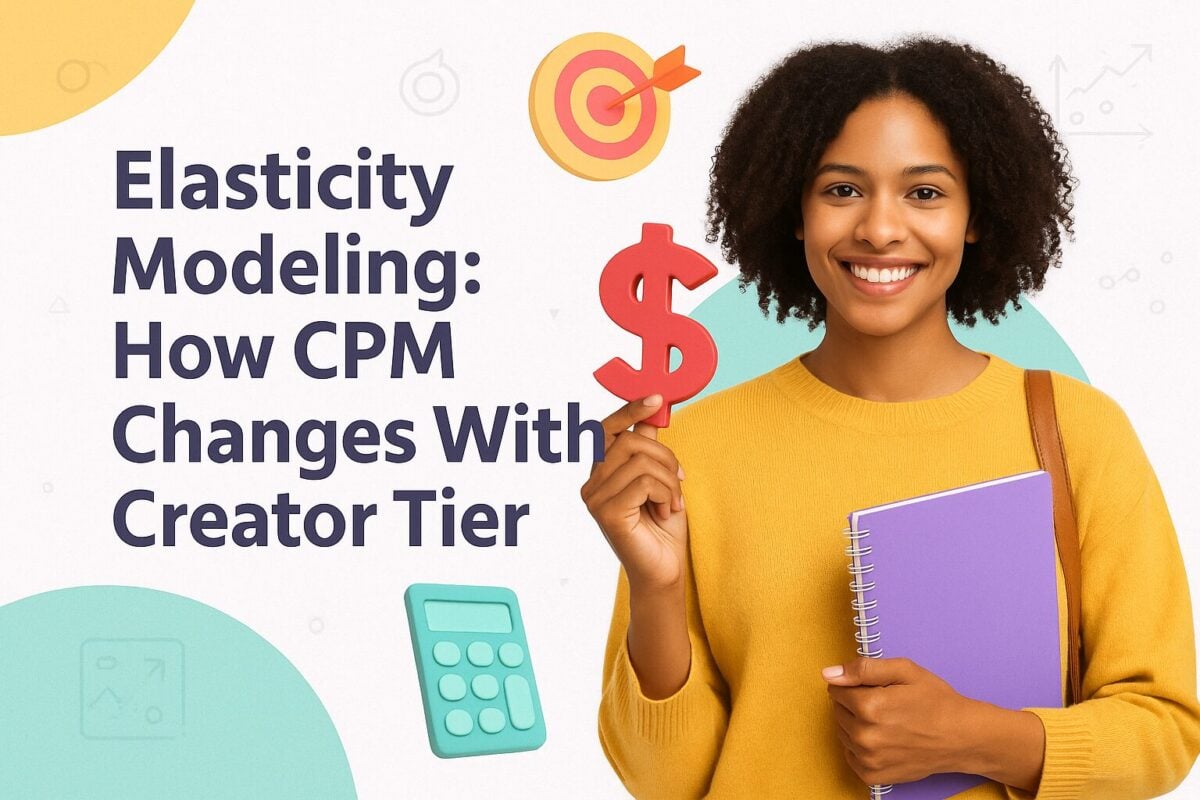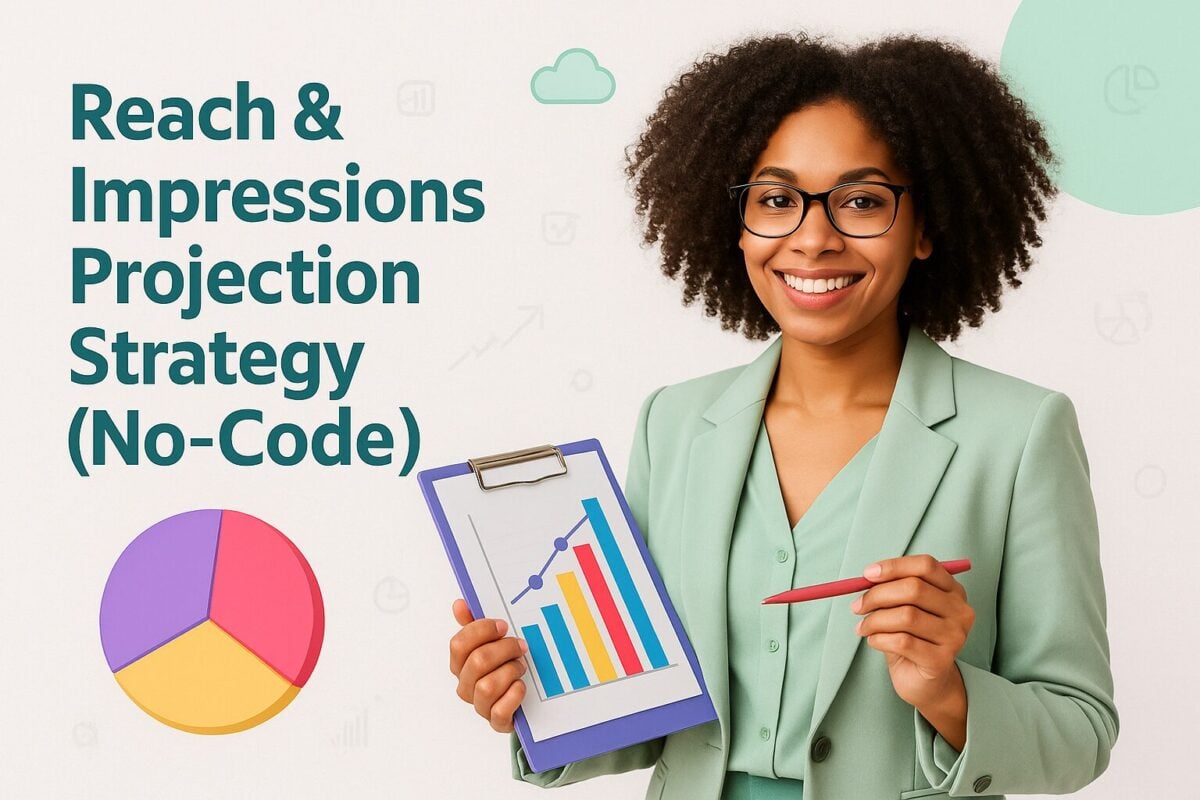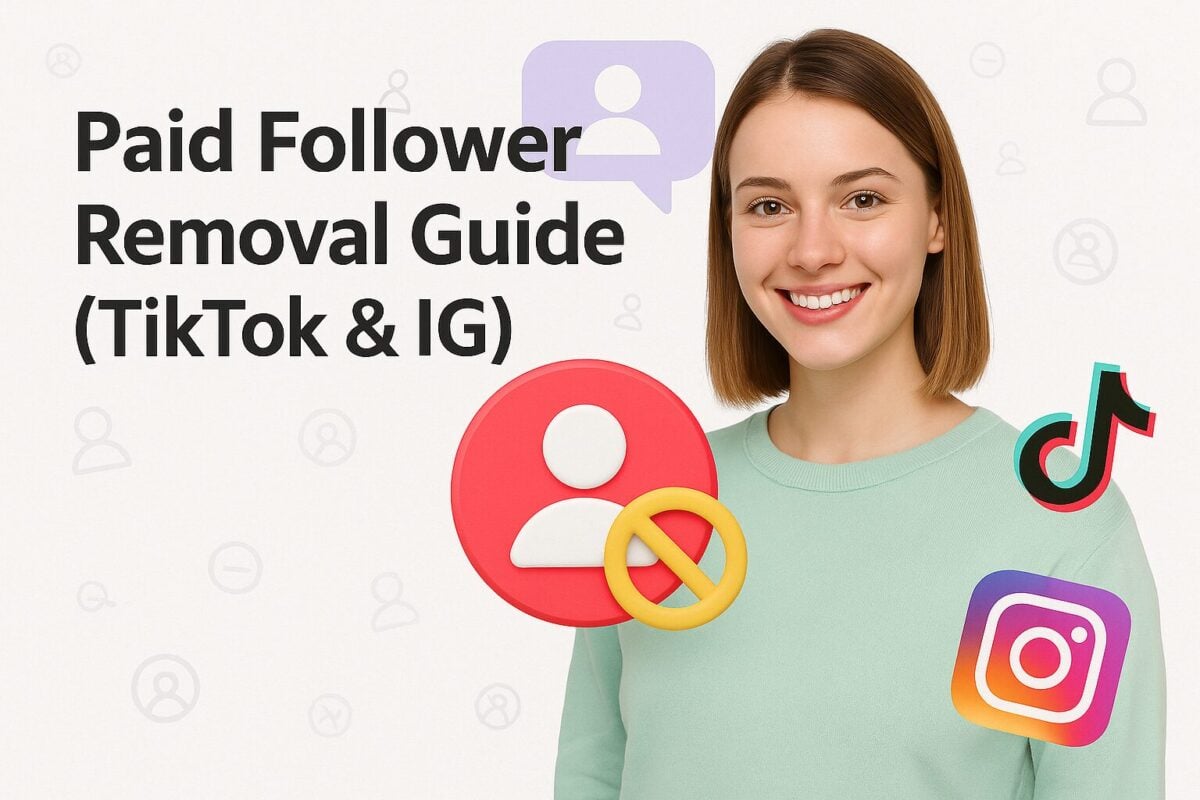It’s easy to think of Instagram as a mature product. It seems to have been around forever. However, Instagram belongs to this decade, having been launched in 2010. It has not taken it long to do for still photography what YouTube did for video, and indeed video is now taking off on Instagram, as well.
It has witnessed a rapid increase in use, particularly since 2013. Back in February 2013, Instagram reached 100 million active users. It took just over a year for this number to double to 200 million. The next 100 million only took nine months to accumulate, with a further nine months for Instagram to reach 400 million active users.
The growth to 500 million users was even more rapid, taking only three months, with the milestone being reached in January 2016. By the end of December 2016, Instagram had its 600 millionth active user. Its user base had risen by more than 500 million in less than four years.
Instagram, is of course, predominantly a mobile photo sharing app. Therefore its growth in many ways mirrored that of the mobile internet itself. The days when the bulk of internet users sit in front of a large monitor, typing on their computer keyboard, are well over. Most people now use their phones online, and as most phones now incorporate cameras, it is inevitable that people choose to share their snaps on the predominant photo-sharing social network.
With such a rapid rise in use, it was only a matter of time before firms would realize the potential of Instagram to aid in their influencer marketing. It helps, of course, that Instagram statuses are so visual, making them ideal for showcasing products. It also helps that Instagram is highly favored by the Generations Y and Z - the generations that will soon be spending the most, and whom marketers now love to target.
The Rise of Influencer Marketing on Instagram:
The Birth of Instagram
Instagram began life in 2010 as a check-in app, Burbn, which allowed its users to check-in to locations, as well as having quite a few social and gaming features. Like many technological successes, Burbn was the brainchild of young Silicon Valley tech employee, Kevin Systrom, who worked on developing it during weekends and his spare time. He built it as a rival for the then-trendy Foursquare.
Burbn showed potential but lacked funding to really take off. Baseline and Andreessen Horowitz had enough confidence in the flourishing Burbn to invest $500,000, so Systrom was able to employ Mike Krieger, and the pair worked on developing the iPhone app for release.
However, upon reflection, Systrom and Krieger were unhappy with Burbn. They believed it felt cluttered, with too many features. They made the brave decision to ditch most of these features (including its original check-in functionality) and reworked the app to focus on just one of the features - photo sharing.
They rebuilt the stripped-down app, naming it after a combination of “instant” and “telegram”. They felt that the word, Instagram, sounded “camera-y”.
By October 6, 2010, Systrom and Krieger felt that their new app was ready to go live. They felt that Instagram would help people to easily share the photos they took with their cell phones.
Early Users of Instagram
Instagram gained its first 10,000 users within hours of going live and reached 100,000 downloads within a week. Systrom and Krieger clearly had a hit on their hands. People rapidly took to the app, finding that it gave them an easy way to do something with the snaps they were taking on their phones. It must be remembered that prior to this people still took the bulk of their photos using dedicated cameras. Suddenly, many more people had access to a camera in their pockets or purses, and Instagram gave them a way to upload the photos and do something useful with them.
Even at the beginning, it included basic filters that people could use to enhance their snaps. People were able to perform tasks on their phone for free that were only previously available in heavyweight and pricey computer applications like Adobe Photoshop.
Suddenly people could easily take unplanned photos wherever they went and easily share them with their friends and family. Is it any wonder that Instagram was to grow so rapidly? It provided a service that people wanted, for free, and it was easy to use.
The company had learned from its mistake with Burbn, too. Unlike some of the competing social media networks it “kept to its knitting” and worked on improvements to its core product, rather than trying to widen its functionality.
The Acquisition by Facebook
By 2012, Instagram had made enough of an impact that the team at Facebook began to take notice of them. Rumors started circulating in April 2012 that Instagram was looking for additional finance to assist with their expansion and before long Instagram confirmed that a number of investors had provided them with Series B funding. As things turned out, these firms had made a very short term and highly lucrative investment. It was only four days later that Facebook acquired Instagram for $1 billion, with those Series B investors enjoying a 100% return on their investment lasting less than a week.
At the time people thought Mark Zuckerberg was crazy - spending $1 billion on an app that, at that stage, had just 13 employees and was not yet earning any revenue. Yet he clearly saw the photo-sharing app’s potential.
Since then, Instagram has turned out to be something of a superstar for Facebook. According to Barclay’s Paul Vogel, by Q4 2015, Instagram’s revenue had soared to $276 million. It’s 2016 full-year revenue was predicted to exceed $1.3 billion. Facebook’s COO, Sheryl Sandberg, observed that 98 of Facebook’s top 100 advertisers also advertised on Instagram.
Facebook is now a mature product. As far as Generation Z are concerned, Mark Zuckerberg is old. While Facebook may be the leading social media network it is no longer trendy or king with the teenagers. They have quickly grown tired of having their parents operating on the same network as them, friending them and watching their every move. Instagram, on the other hand, is seen as more youthful, edgier, and thus more attractive to the younger demographic. Hence, Facebook (as a company) can still attract Generation Z - just not to Facebook itself.
Instagram Business Opportunities
While Instagram may have originally focused on people sharing their personal snaps, it has evolved over the years, particularly since they have been in Facebook’s guardianship. It may have taken a little while, but businesses eventually realized the potential of Instagram for their marketing activities. Instagram is, of course, an inherently visual medium, making it perfect for depicting products in visually appealing ways.
Instagram even has a specialized website designed to help businesses wanting to utilize the power of Instagram in their marketing. Their strapline, “Over 5 million businesses worldwide tell their stories at the center of visual discovery. What's your story?” tells just how successful Instagram has become in the business world. According to Instagram internal data in March 2017, 80% of Instagrammers follow at least one business.
They do, of course, have the advantage of having the power of the hugely successful Facebook advertising platform behind them. This makes direct advertising on Instagram extremely easy for brands.
One of the advantages marketing find on Instagram is that you can simply focus on posting excellent images without a need for hard sales techniques. Imagine if you are a food manufacturer. Instagram is perfect for mouth-watering images of your product that will almost have people begging where they can buy it. An Instagram image can easily turn passive browsers into active shoppers.
If your business has an Instagram account you will want to create interesting Instagram posts that people will want to follow. However, remember that people do not go to Instagram to be turned off by advertising. Your Instagram account will never go well if you simply use it as a venue for hard-selling. Like many other social media channels, Instagram is best used as a way to influence people - to show them the trends, and how your brand fits in with those trends.
Remember that Instagram is a social marketplace. It is not a store. You need to use your high-quality product images (preferably showing your product in use) to pique people's attention and to encourage them to follow this up my taking some call to action, such as visiting a website or visiting a physical store. The key of this is high-quality interesting photos - not the promotion for your product.
The Rise of the Instagram Influencer
Once brands discovered the exciting potential of Instagram, it was not long before they saw the potential for influencer marketing. Yes, there are a few high-profile brands, with visually appealing products, who can probably be considered influential enough themselves. And yes, any firms who pays for Instagram ads will widen their visibility on Instagram. However, many firms have discovered that their most successful tactic is to work with influencers who are already successful and who have created large, highly-engaged followings.
Instagram was one of the first social media networks to develop links between brands and influencers. This was probably due to a combination of the Facebook backing and the inherent value of the visual posts.
Brands have collaborated with many of the top Instagrammers, in fields such as fashion, makeup, food and, of course, photography to share entertaining and visually stunning posts with their followers. Many of these influencers have follower numbers in the millions, most of whom are passionate about the influencers’ shared images.
We profiled eight campaigns (coordinated by agencies) in 8 Instagram Influencer Marketing Agencies You Should Know. These are simply the tip of the iceberg, however. Influencer marketing in now prolific on Instagram, with brands large and small wanting to be part of it. Many of the influencer marketing platforms have dedicated Instagram sections. We have looked at some of these in 5 Influencer Marketing Platforms for Instagram You Need to Try.
Linquia took profiled influencer marketing in their 2016 The State of Influencer Marketing Survey. They discovered that in terms of influencer marketing, marketers found Facebook and Instagram to be twice as important as other social media channels. In fact, 87% of marketers used the two platforms for their influencer marketing.
How Influencer Marketing on Instagram Can Help Your Brand
Influencer marketing is excellent for building brand awareness, and this can be doubly effective on a visual medium like Instagram. The more people are able to see posts about your brand, the more people are aware of it. Clearly, an influencer with a million followers can do a much better job at brand awareness than you are likely to with fewer engaged followers. Often the only cost for a brand might be the free product they give away to the influencers.
Chanel (who are of course already well known) wanted to create awareness of one of their new perfumes, Chanel No. 5 L’Eau. To do this they invited influential Instagrammers, such as Jessica Mercedes Kirschner, to Grasse, France, to see how the perfume is made. The influencers photographed and shared their visit, and used specific hashtags #newchanel5 and #chanelgrasse. The campaign ultimately showcased the product before 9 million social media users.
Some brands take a more aggressive approach to influencer marketing on Instagram. Daniel Wellington is a watch company that has embraced influencer marketing in a big way. When you think about it, there are many photographic opportunities for people wearing attractive watches. For the last four years Daniel Wellington has used influencer campaigns, not just for brand awareness, but to directly make sales.
In one campaign they gave influencers a free watch and a unique limited-time promotional code that gave their followers a 10-20% discount on purchases. With each influencer having their own special code they felt they were providing value to their followers and were happy to encourage then to buy the watches. This would have been less successful with just a general discount, as that would have felt more like a normal ad.
Brands frequently use Instagram influencers to help promote events. This is now commonplace in the movie industry. The campaigns are often quirky and original. For the movie “The Perfect Match” Codeblack Films produced a game show starring popular Instagram influencers, as couples, competing to be the “perfect match” of the group. In this promotion, influencers came out from their normal place “behind the camera” to be the center of attention. The Perfect Match campaign ended up consisting of eight 15-second episodes and was widely shared across the accounts of the six influencers involved. 37.5 million people ultimately saw the campaign, giving it 106,000 likes.
There can be no doubt. Instagram has now come of age, and influencer marketing is certainly alive and well, indeed thriving, on the platform.




